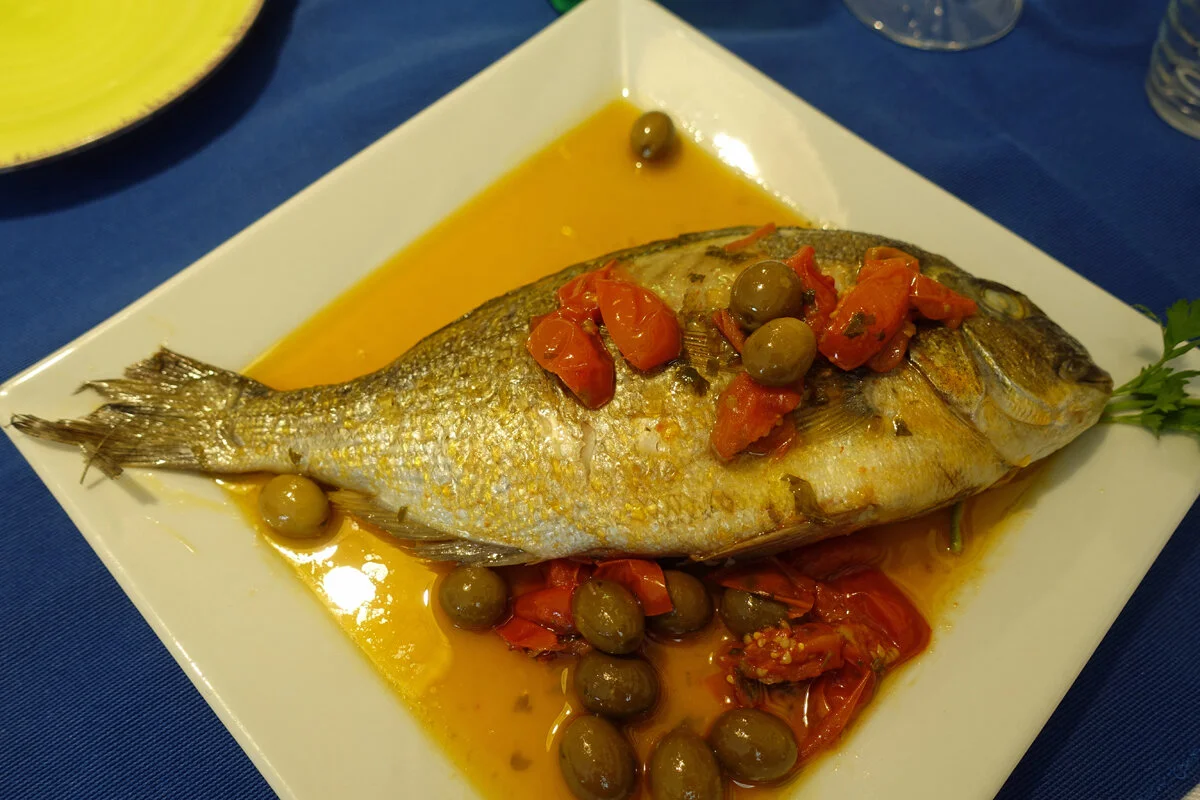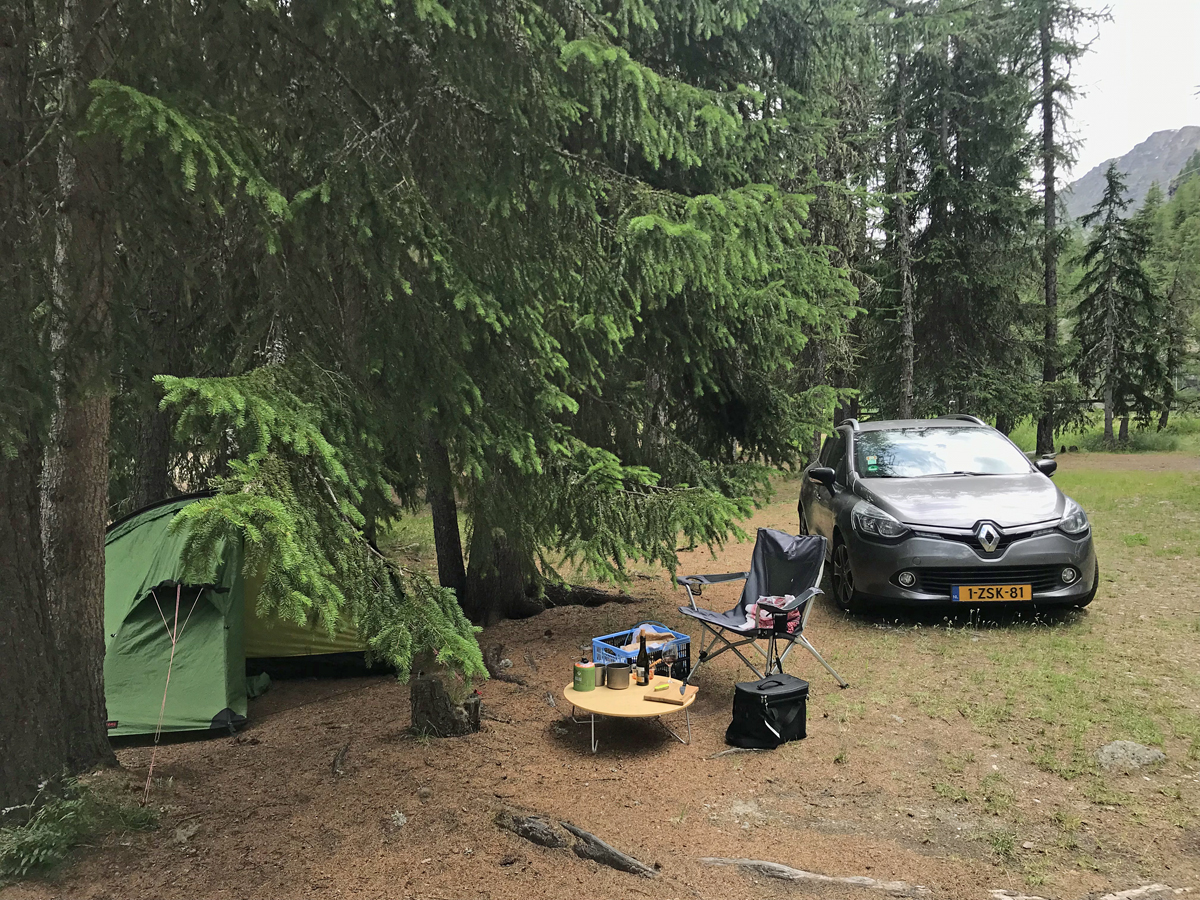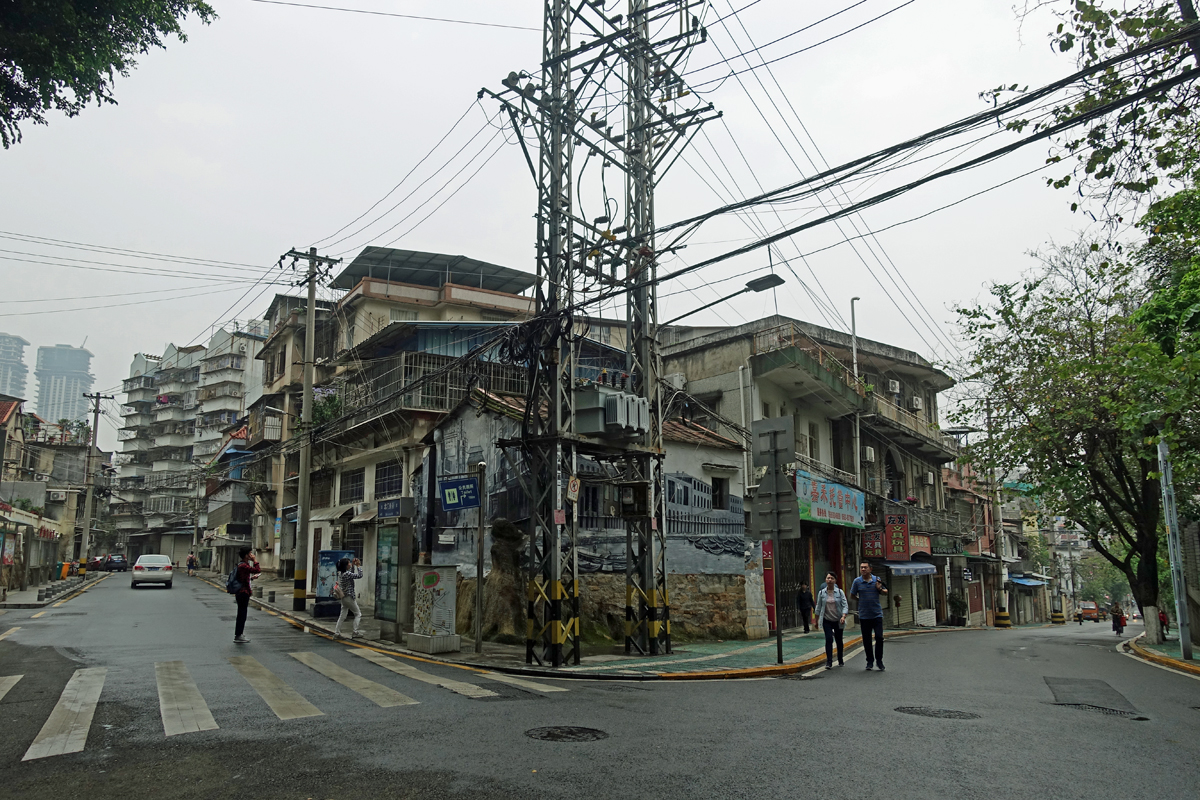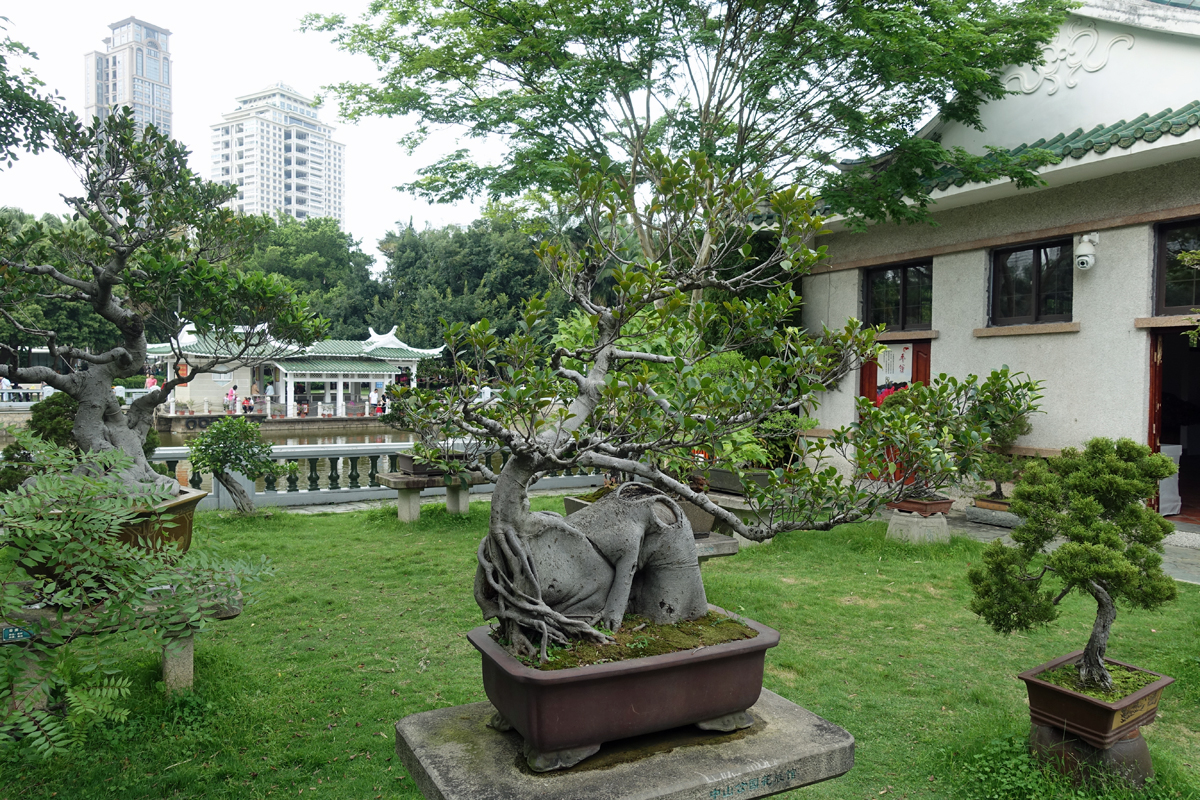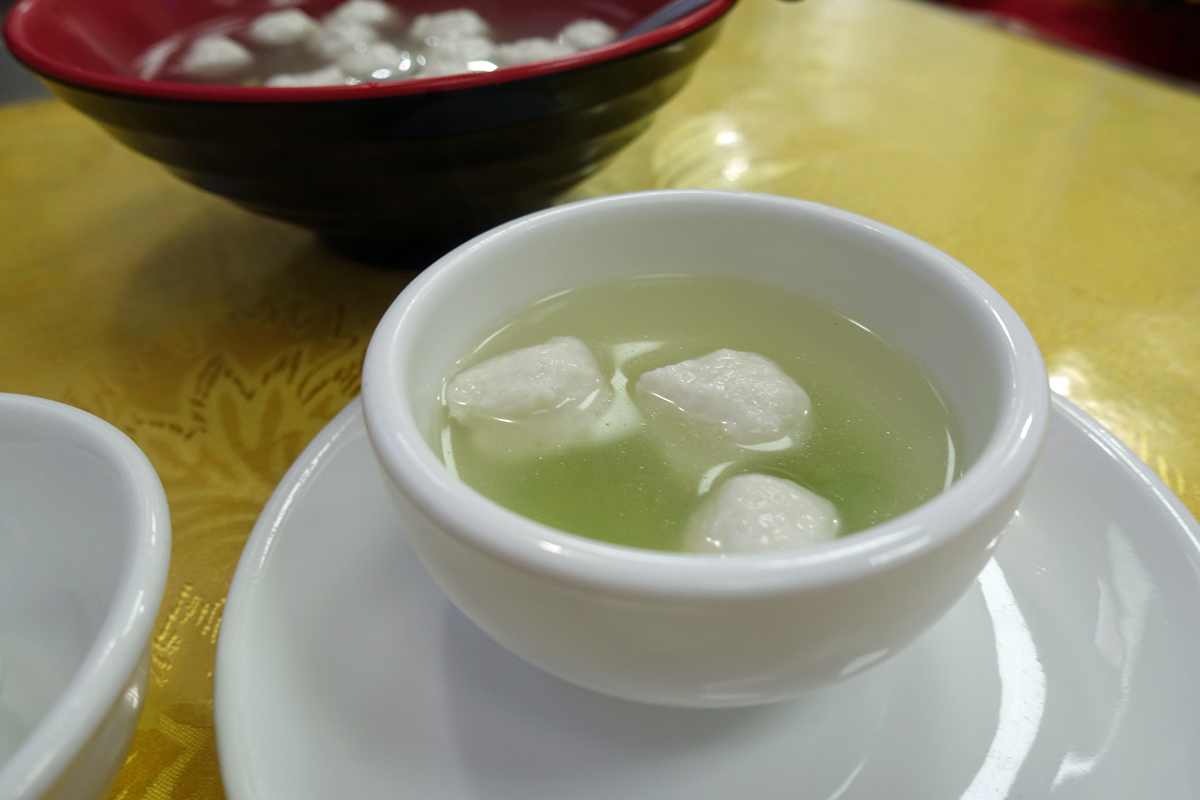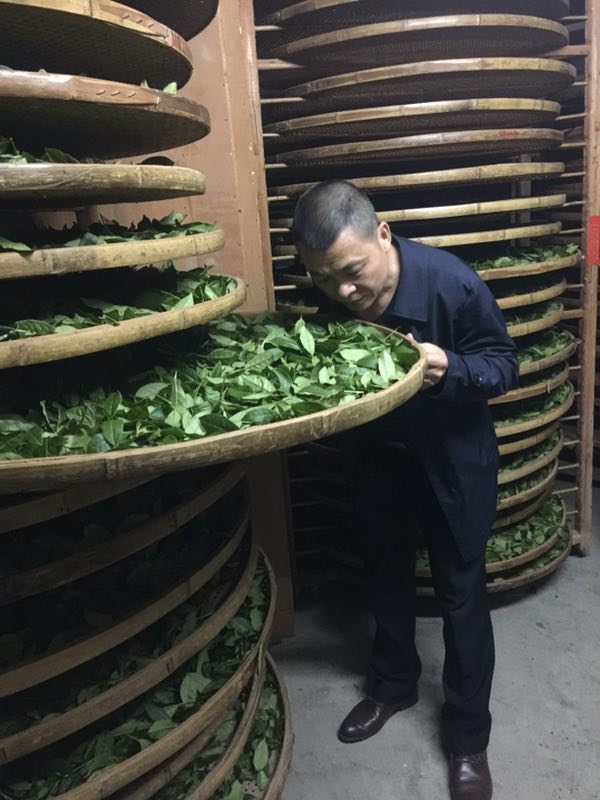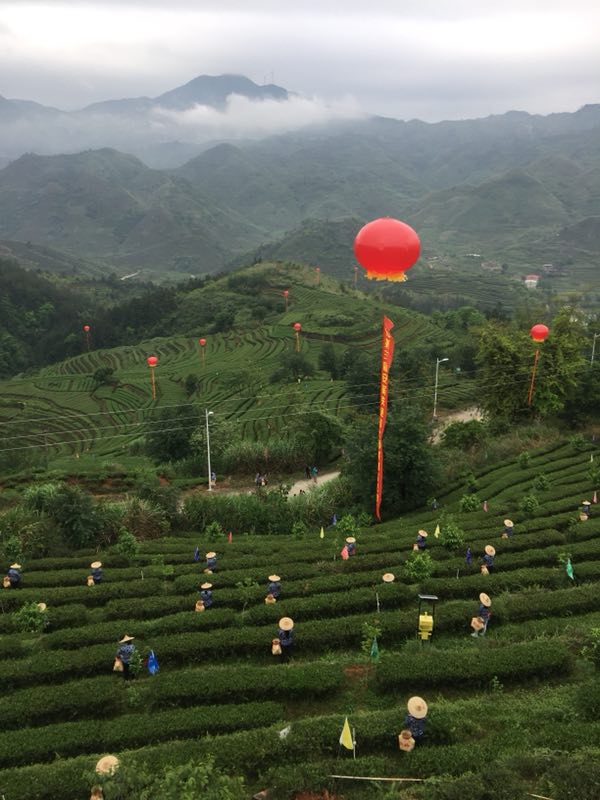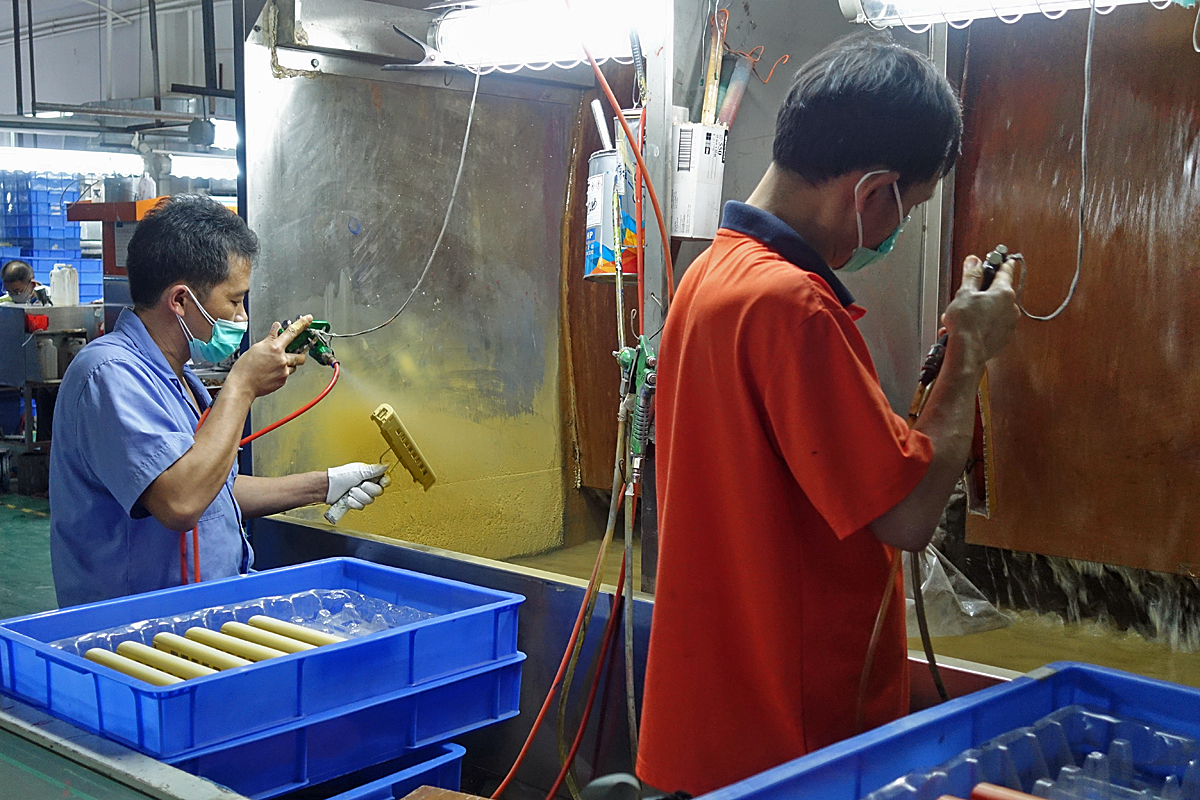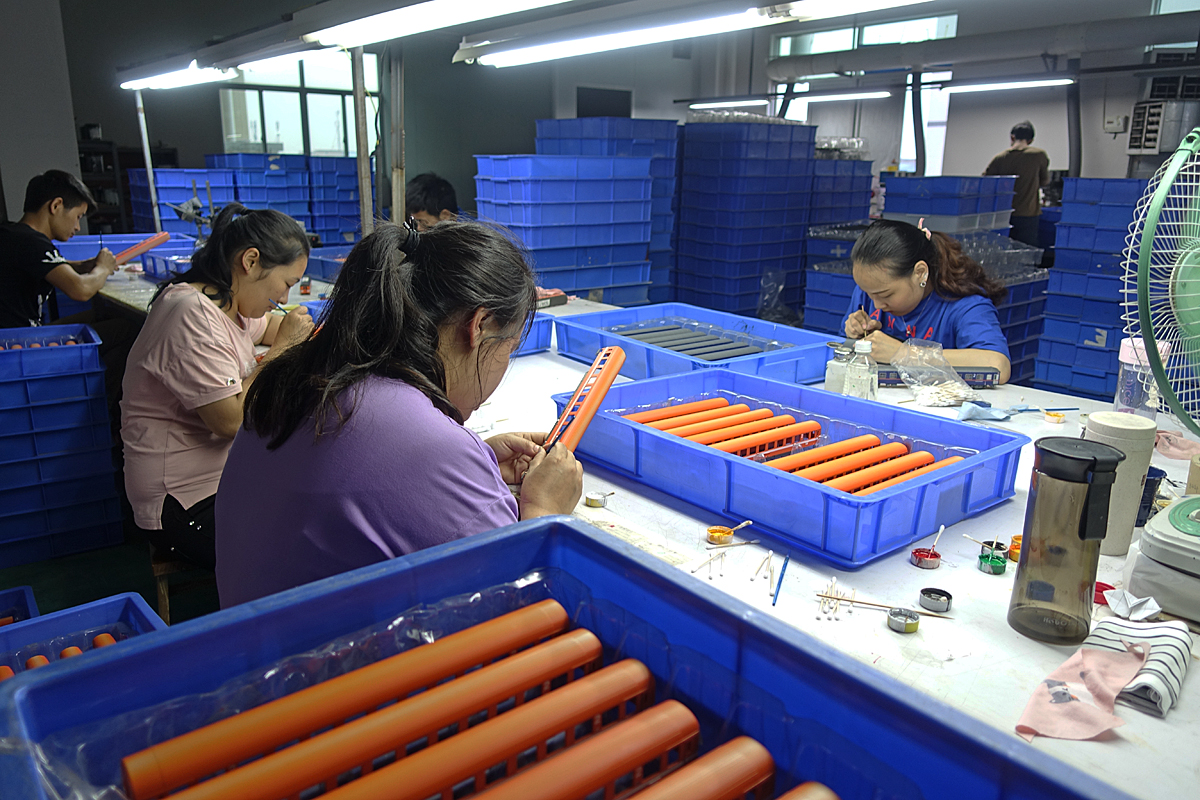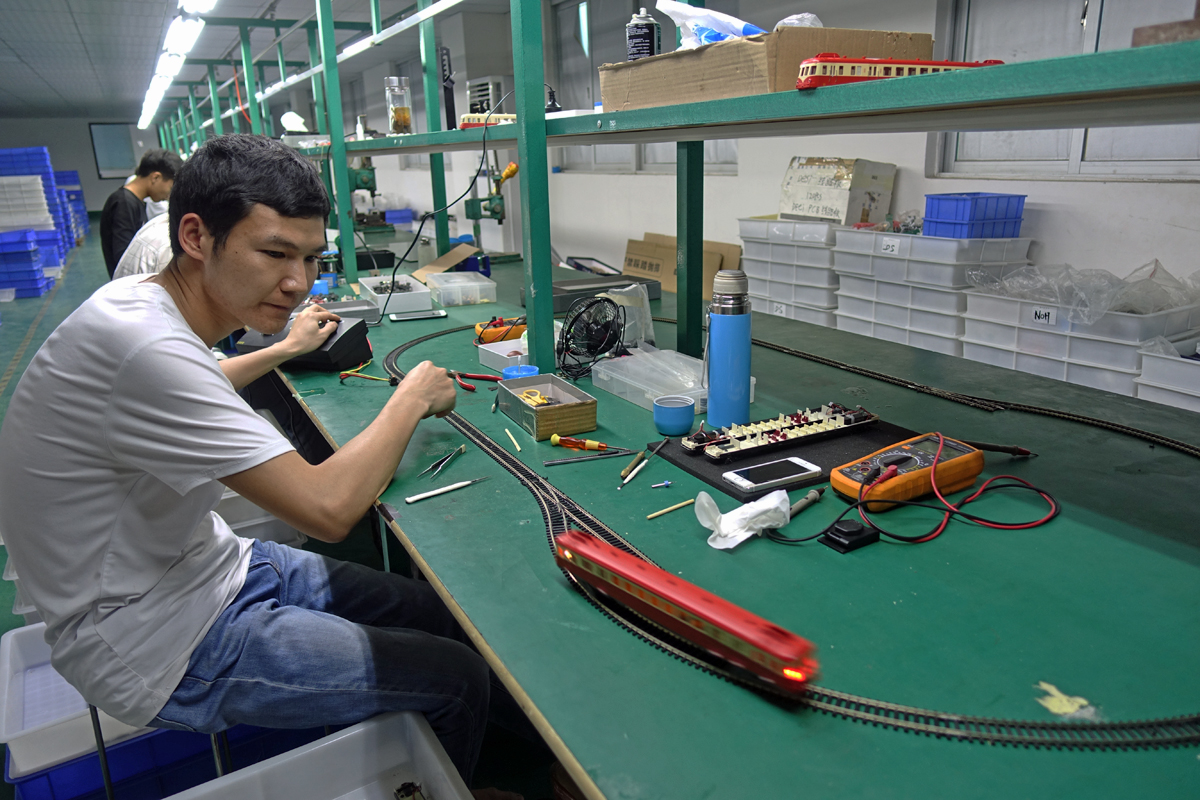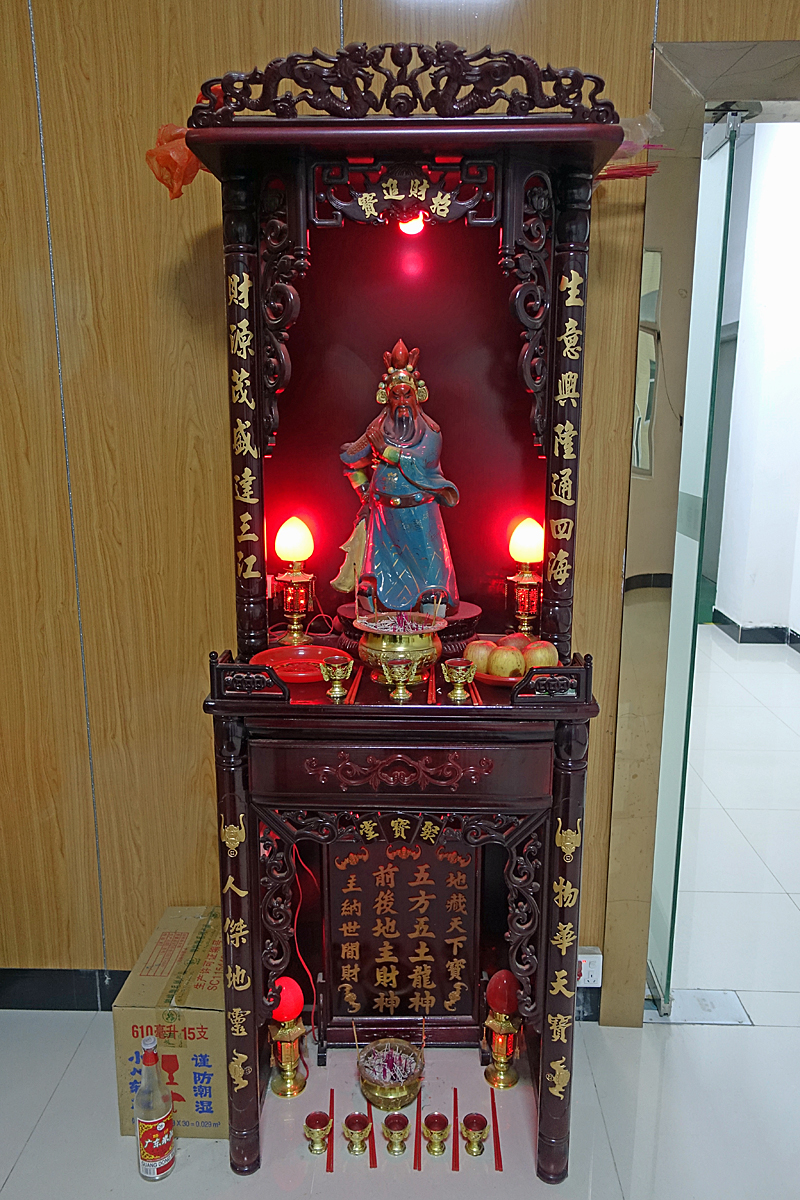Corvara, Dolomiti
The car journey from Trafoi to Corvara in the Dolomites took a good part of the day. I stayed at Camping Colfosco, which was less intimate than the camping in Trafoi but still had the right vibe. I arrived in seemingly stable weather, but this was soon to change.
24 July 2020
The first day in Corvara the Alps were covered in a big cloud of heavy rain, reaching all the way from München to Venezia. There was no escaping the rain. I mentally prepared myself to lay in my tent all day. Luckily in the afternoon the rain largely stopped and I walked into the forest to prepare some Dan Cong oolong tea just keep myself busy.
Camping Colfosco in Corvara has some beautiful views of the mountains.
There was no escaping this rain front. The temperatures in Corvara dropped to below 15 degrees Celsius.
Making some spring 2020 Ya Shi Xiang Dan Cong (“Duck Shit Aroma”) in the forest with natural mountain spring water.
Parco naturale Puez Odle
25 July 2020
The second day in Corvara the sun was shining as if the day before never happened. I walked a stunning round trip from Passo Gardena (2,136 m) through Puez-Geisler Nature Park to mountain hut Utia de Puez at 2475 m. and back through Val Longia and Wolkenstein before climbing back to Passo Gardena where I left my car.
Ascent from Passo Gardena.
Mountain hut Utia de Puez (2.475 m).
Pasta with Hirschragout and some flowers in Utia de Puez.
The valley Val Longia below, and the village Wolkenstein in the far distance.
Certainly one of the more beautiful roundtrips I walked.














































































